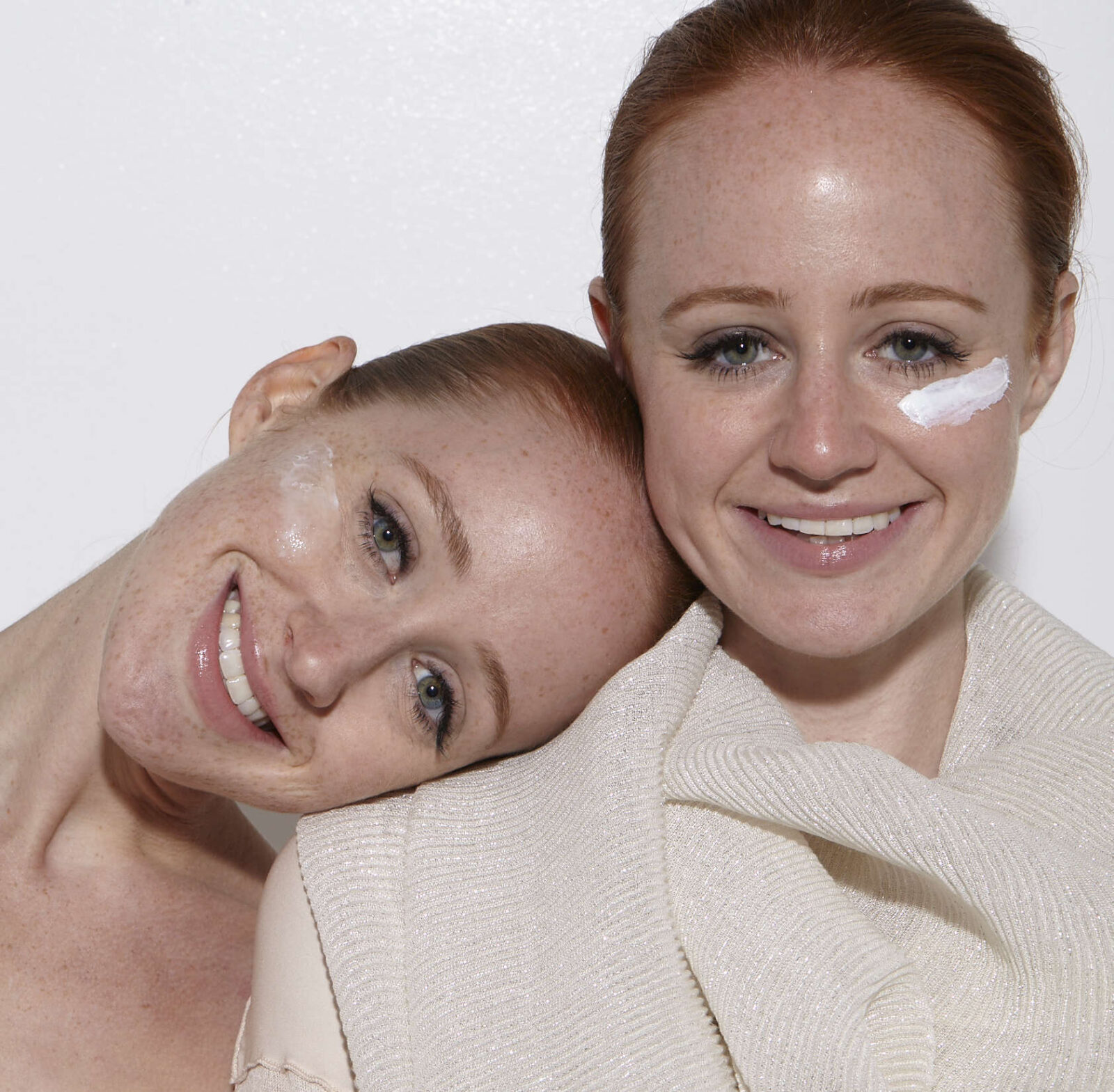Summertime is heating up and redheads already understand the meaning of “another confusing trip” down a drugstore or department store aisle. So, when it comes to sunscreen, things can get really complicated because not all sunscreens meet the American Academy of Dermatology (AAD) criteria. A recent study found that 40 percent of the top consumer rated sunscreens sold on Amazon did not adhere to AAD guidelines, including not being water and sweat resistant. Many others are also facing legal challenges alleging they are not performing up to their marketing claims.
Board Certified New York Dermatologist Dr. Kally Papantoniou gives redheads what they need to know before lathering up:
Do you really need SPF 50 or higher?
Dr. KP: SPF refers to the ability of a sunscreen to block ultraviolet B (UVB) rays, which cause sunburns, but not UVA rays, which are more closely linked to deeper skin damage. Both UVA and UVB contribute to the risk of skin cancer.
The SPF rating is a measure of the time it would take you to sunburn if you were not wearing sunscreen as opposed to the time it would take with sunscreen. SPF is not a consumer-friendly number. It is logical for someone to think that an SPF of 30 is twice as good as an SPF of 15 and so on. But that is not how it works. An SPF 15 product blocks about 94% of UVB rays; an SPF 30 product blocks 97% of UVB rays; and an SPF 45 product blocks about 98% of rays. After that, it just gets superfluous.
Sunscreens with higher SPF ratings block slightly more UVB rays, but none offers 100% protection. Dr. Papantoniou recommends SPF 30-50 products to her patients, depending on their skin type and medical history.
Read more here about why high-SPF sunscreens are not better.
How much sunscreen should you use?
Dr. KP: You’ve probably heard people say to use an amount the size of a quarter. Wrong! You’re supposed to use a shot glass full of sunscreen on all exposed areas to get the full benefit.
And here’s something else you probably don’t know, SPF only refers to UVB rays. There is no rating scale for UVA protection. So look for the words “Broad Spectrum” on the label and specific ingredients. The most important ingredients to for UVA protection are avobenzone, titanium dioxide and zinc oxide.
Why should you wear a sunscreen rich in antioxidants?
Dr. KP: Natural antioxidants are the latest breakthrough in sunscreens and are a safe way to boost our natural immunity to the sun’s harmful rays. When layered or combined with a sunscreen, they add an extra level of protection. Some known antioxidants are green tea polyphenols, vitamin C, raspberry seed oil, astaxanthin, ferulic acid and reishi mushrooms.
‘Redhead Friendly’ Recommendations: Alba Botanica Hawaiian Revitalizing Green Tea Sunscreen SPF 45 & Supergoop! Antioxidant-Infused Sunscreen Mist With Vitamin C SPF 30
What is the most important sunscreen tip for a morning routine?
Dr. KP: Only one of the products you use each morning needs to have SPF of 30 or higher. SPF is SPF, regardless of whether it’s in your foundation or moisturizer. If you’re going to be in the sun, make sure to keep re-applying though. So if you aren’t going to reapply your morning moisturizer or foundation with SPF in it, bring a face SPF with you.
Some people think using multiple products with SPF gives you greater protection. What is the truth?
Dr. KP: SPF isn’t an equation. You can’t use an SPF 15 primer and an SPF 20 foundation and get SPF 35 coverage. Your sun protection is only as strong as your highest SPF, which in this case would be 20. Of course, if you’re dabbing foundation or moisturizer on only small areas of your face, it’s wise to double up on products that contain SPF to ensure total coverage.
Many people think if you’re wearing foundation, you don’t need sunscreen. What is your recommendation?
Dr. KP: Makeup will not act as a barrier for UV rays, even if it has an added SPF. Testing has shown that the SPF protection from a makeup product alone is insufficient. That small amount of SPF is always a nice addition, but not enough to protect your skin. Always apply sunscreen (or a moisturizer with broad-spectrum sun protection) under your makeup. If you’re worried about your skin looking greasy, there are plenty of great mattifying options for the face.
Here are Dr. Kally Papantoniou’s reminders of how a redhead should properly protect their skin:
1. Always wear a wide-brim hat and sun protective clothing if you’re going to be out for long periods of time.
2. Avoid the mid-day sun.
3. Don’t be tempted to use that tube of sunblock you didn’t quite finish last year. New summer, new sunblock. Sunscreen CAN expire!
4. Slather on generous quantities of sunblock at least 30 minutes before you head outdoors: To achieve the SPF level on the label, you need a teaspoon on your face and a shot glass-worth for your body. Don’t forget your ears, your lips, your hairline, and your scalp or part lines.
5. Reapply every couple of hours, especially if you’ve been swimming or exercising.
Dr. Kally Papantoniou is a Cosmetic Dermatologist, Board Certified by the American Board of Dermatology. She specializes in Injectables, Lasers, Body Contouring, Surgical and Medical Dermatology. Dr. Papantoniou is also a clinical instructor at Mount Sinai Health Center in New York City. She applies expert techniques and the newest technologies to treat her patients. Dr. Papantoniou focuses on providing her patients with the highest level of care, with special interests in natural and healthy alternatives to treatments and disease prevention. Connect with Dr. Papantoniou via twitter @DrPapantoniou.



